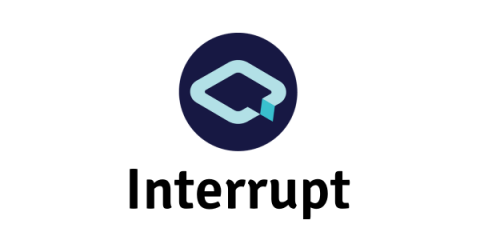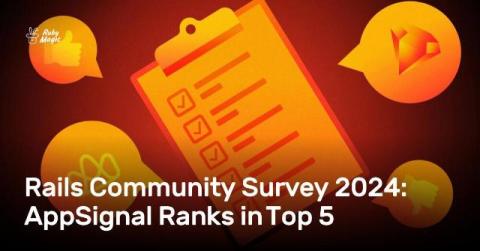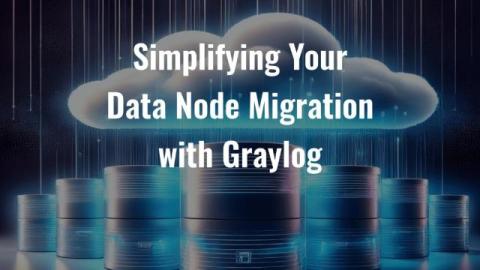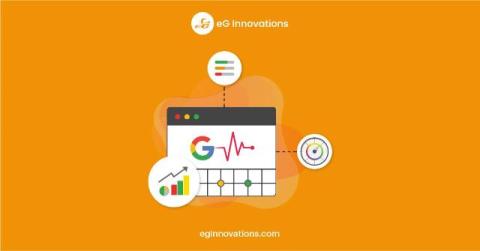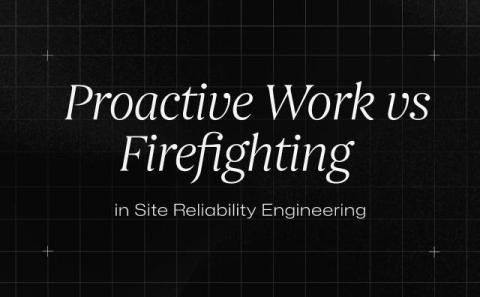Comparing Firmware Development Environments - Linux, Windows, WSL2, and VMWare
About a year and a half ago, I decided to take a different approach to setting up a Zephyr environment for a new project at Intercreate. Instead of using my trusty VMWare Workstation Linux VM, I opted for WSL2. I was curious to find out: Would hardware pass-through for debugging work reliably? Would all of the tooling dependencies be supported? What about build system performance?


